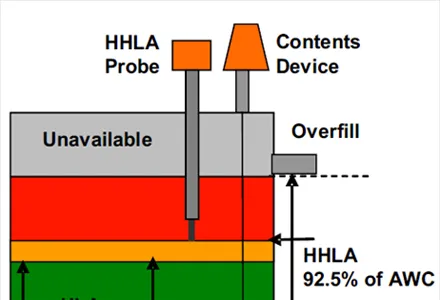The risk of driver distraction is growing with the growth in information and communication technologies (ICT). Car manufacturers are under pressure to offer the latest technologies to maintain product strength. But at the same time firms also have to keep process of human interaction with the car simple, to reduce driver distraction.
June 18, 2012
Read time: 2 mins
The risk of driver distraction is growing with the growth in information and communication technologies (ICT). Car manufacturers are under pressure to offer the latest technologies to maintain product strength. But at the same time firms also have to keep process of human interaction with the car simple, to reduce driver distraction.
Research by The US2467 National Highway Traffic Safety Administration (NHTSA) has shown that 17% (an estimated 899,000) of all police-reported accidents in 2010 reportedly involved some type of driver distraction. Of those 899,000 crashes, distraction by a device/control integral in the vehicle was reported in 26,000 cases (3% of the distraction-related police-reported accidents). Reacting on these results, the NHTSA has formulated voluntary guidelines for driver distraction, which will be rolled out in three phases based on device origin and interaction type.
The NHTSA's approach toward driver distraction will help manufacturers with the coming information systems, according to Frost & Sullivan Research Analyst, Krishna Jayaraman. He added that NHTSA plans to implement the feedback from the public and hold public hearings before finalising the first phase of recommendations. This will open up opportunities for OEMs and suppliers to convey their message and help set guidelines that will benefit them as well as the consumers. As smartphones are one of the major sources of driver distraction, the US4180 National Transportation Safety Board (NTSB) in December 2011 proposed a nationwide ban on the use of personal electronic devices while driving, as the risk of an accident is four times higher when using a phone while driving a car, various studies revealed.
The regulation applies in 50 states and bans the use of hands-free systems, including wireless headsets. This could act against those firms offering phone integration and hands-free systems as a part of their portfolio.
Research by The US
The NHTSA's approach toward driver distraction will help manufacturers with the coming information systems, according to Frost & Sullivan Research Analyst, Krishna Jayaraman. He added that NHTSA plans to implement the feedback from the public and hold public hearings before finalising the first phase of recommendations. This will open up opportunities for OEMs and suppliers to convey their message and help set guidelines that will benefit them as well as the consumers. As smartphones are one of the major sources of driver distraction, the US
The regulation applies in 50 states and bans the use of hands-free systems, including wireless headsets. This could act against those firms offering phone integration and hands-free systems as a part of their portfolio.






